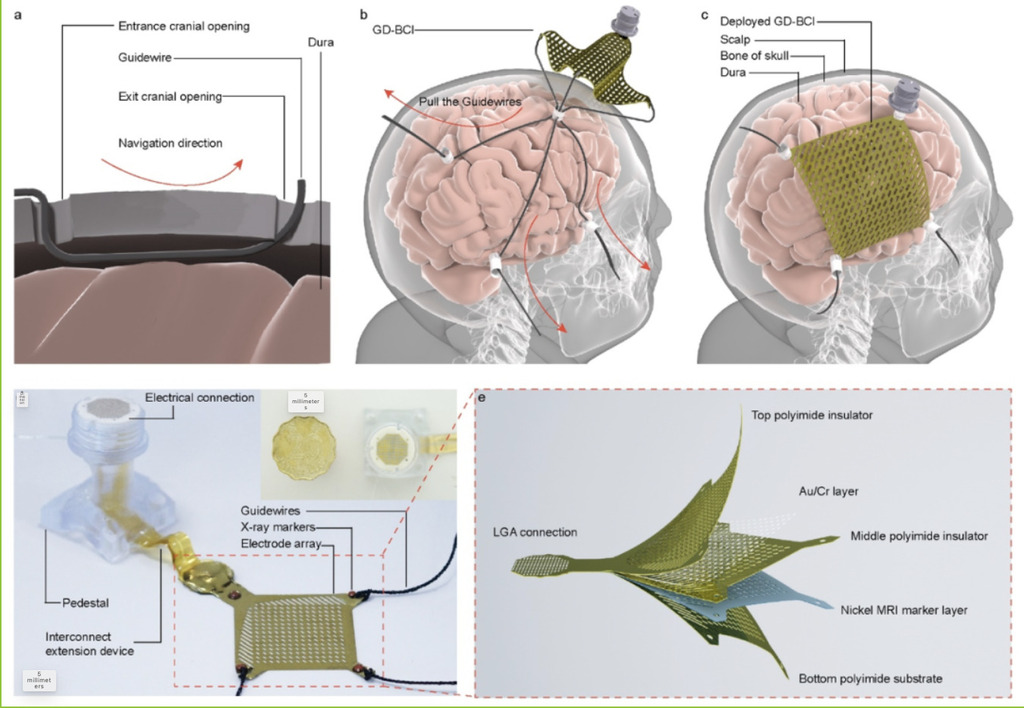
Wire guide-driven brain-computer interface: minimally invasive implanted with high-density electrode array, and the auditory decoding accuracy rate exceeds 80%
mp.weixin.qq.com
Nov. 27, 2025, 11:16 a.m.
Brain-computer interfaces (BCIs) serve as a bridge connecting the brain to external devices, bypassing traditional pathways such as muscles and nerves to enable direct interaction between brain signals and machines. They hold irreplaceable value in treating neurological disorders like epilepsy and Parkinson's disease, as well as in fields such as motor function rehabilitation and auditory prosthesis development. Among these, the electrocorticogram brain-computer interface (ECoG-BCI) is regarded as the "gold standard" for clinical applications due to its superior signal quality compared to scalp electroencephalography and its lower invasiveness than intracranial electrode implants. However, existing ECoG devices have long faced a dilemma: either they feature low electrode density and limited coverage, making it difficult to capture intricate neural signals; or they require extensive craniotomy, posing high surgical risks and increasing susceptibility to complications such as cerebral oedema and infection, which severely limits their widespread adoption.
Share on

Neuralink Rival Synchron Raises $200 Million for Brain Implant
www.bloomberg.com
Nov. 6, 2025, 2:47 p.m.
Several companies are building brain implants to allow people to communicate with computers directly through their minds, benefitting those who are paralyzed, blind or otherwise have limited use of their limbs or sensory organs. In the long term, some entrepreneurs and investors think that brain implants will become everyday consumer technology, like cellphones. No such devices are approved by government regulators for long-term medical or recreational use.
Share on

Neurotechnology: How we balance opportunity with security
www.weforum.org
Oct. 12, 2025, 4:08 p.m.
Neurotechnology is advancing rapidly, from medical implants to consumer brain-computer interfaces, bringing immense promise but also unprecedented risks. Neural data is uniquely sensitive, revealing thought and emotion, making security and governance essential. A holistic, layered security and governance framework is necessary to protect trust, safeguard identity and unlock the transformative potential of neurotechnology.
Share on
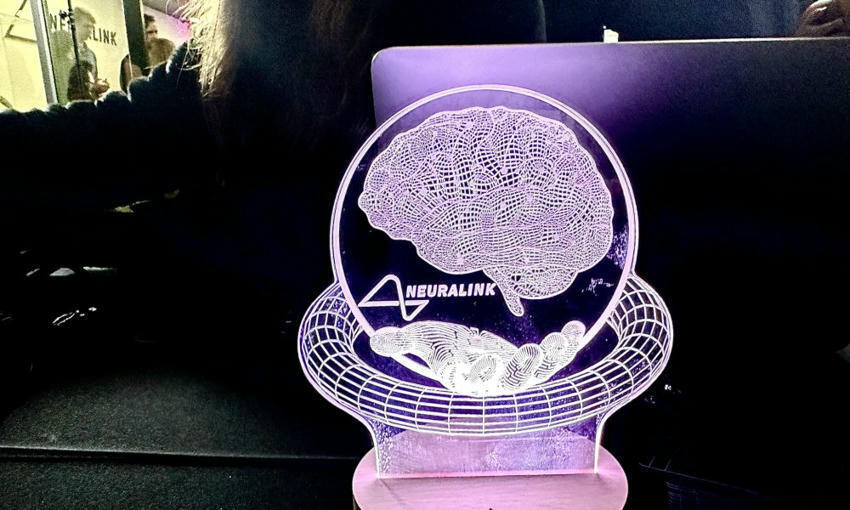
Neuralink’s first human patient shares journey to renewed self-independence
www.teslarati.com
Oct. 10, 2025, 3:25 p.m.
Less than two years after becoming the first person to receive Neuralink’s brain-computer interface, Noland Arbaugh is living a completely transformed life. Paralyzed from the shoulders down following a 2016 swimming accident, Arbaugh underwent a two-hour robotic surgery that implanted Neuralink’s Telepathy device into his motor cortex. This has allowed him to control devices and even play video games using only his mind.
Share on
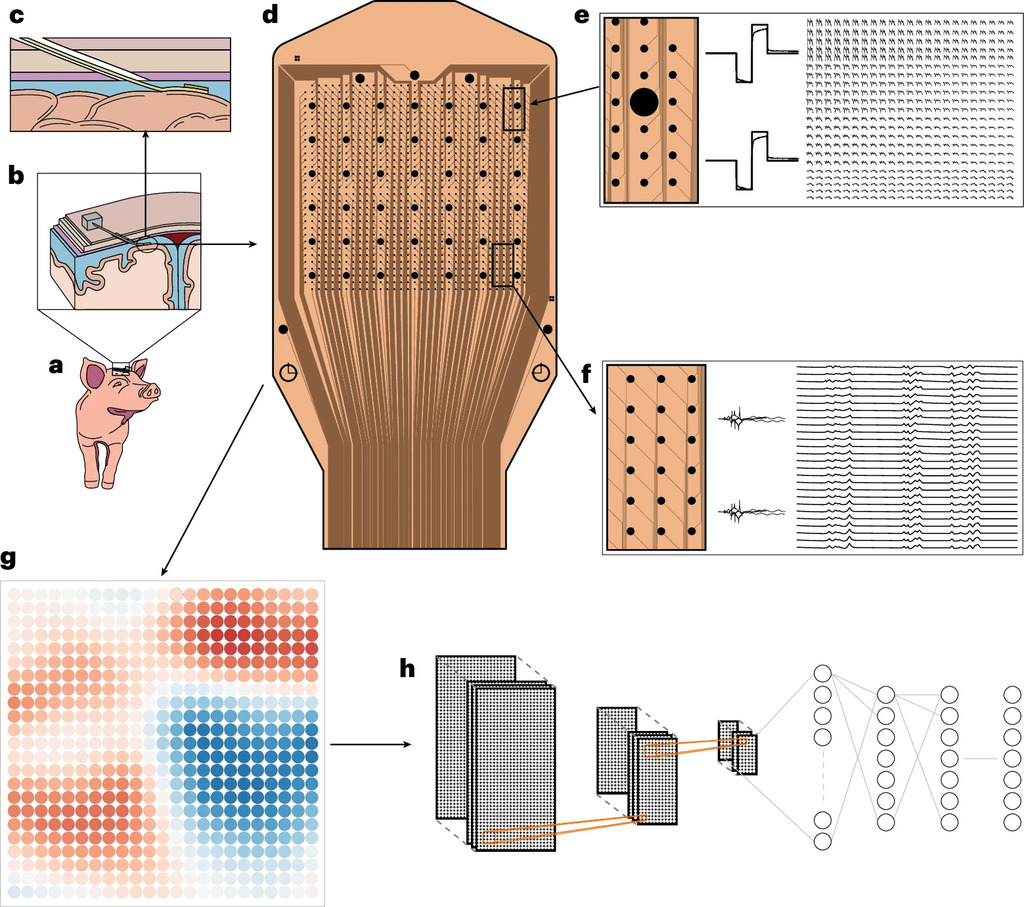
Minimally invasive implantation of scalable high-density cortical microelectrode arrays for multimodal neural decoding and stimulation
www.nature.com
Oct. 10, 2025, 3:24 p.m.
High-bandwidth brain–computer interfaces rely on invasive surgical procedures or brain-penetrating electrodes. Here we describe a cortical 1,024-channel thin-film microelectrode array and we demonstrate its minimally invasive surgical delivery that avoids craniotomy in porcine models and cadavers. We show recording and stimulation from the same electrodes to large portions of the cortical surface, and the reversibility of delivering the implants to multiple functional regions of the brain without damaging the cortical surface.
Share on
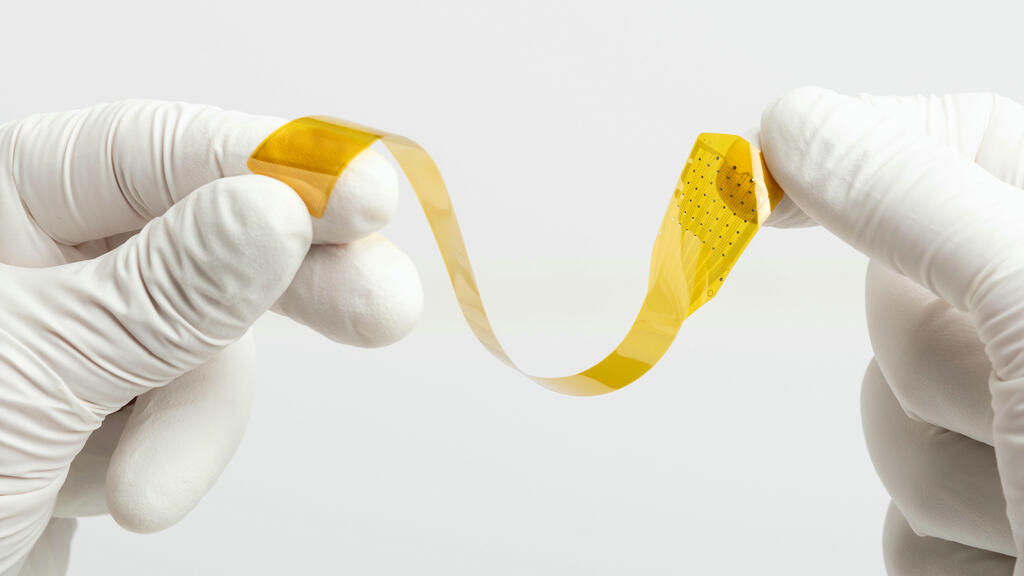
Precision Neuroscience study explores 1st human brain-computer interface recipients
www.fiercebiotech.com
Oct. 10, 2025, 3:22 p.m.
The brain-computer interface developer Precision Neuroscience has put forward a study detailing the experiences of its first human patients—showing its minimally invasive approach is capable of both collecting high-bandwidth neural data and delivering stimulation without penetrating deep into tissue.
Share on
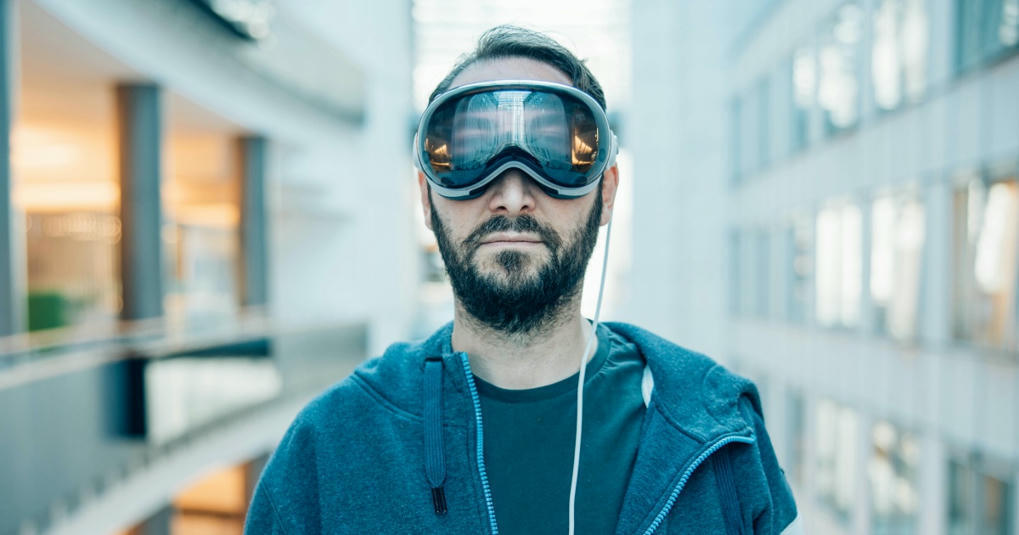
New Study Explores Brain-Controlled Apple Vision Pro Without Surgery
www.igeeksblog.com
Oct. 10, 2025, 3:21 p.m.
A new clinical study could make it possible to control Apple’s Vision Pro headset using just brain signals, without the need for risky surgery. The project, led by Santa Barbara–based startup Cognixion, combines non-invasive brain-computer interface (BCI) technology with Apple Vision Pro’s built-in accessibility features, aiming to help people with serious speech and mobility challenges communicate more naturally.
Share on

China's Aggressive BCI Push Targets 2027 Breakthroughs and 2030 Dominance
www.webpronews.com
Oct. 10, 2025, 3:20 p.m.
China is aggressively advancing brain-computer interface (BCI) technology through substantial investments and policies, targeting breakthroughs by 2027 in healthcare, manufacturing, and consumer sectors. Key innovations include semi-invasive implants and standards for medical devices, positioning China as a global leader despite ethical challenges and competition. This push aims to dominate neural innovation by 2030.
Share on

Why it takes a village to have an impact on our brain health
www.startupdaily.net
Oct. 10, 2025, 3:18 p.m.
The challenge of brain health calls for radical collaboration. It is only when we cross the road, yell over the back fence, and venture down the laneway that we begin to find ways to truly invest in and scaffold every brain. When the stars align – conversations, grants, clinical partners, industry partners – possibility turns into impact. Collaboration at its best builds collective power by leveraging our individual strengths.
Share on
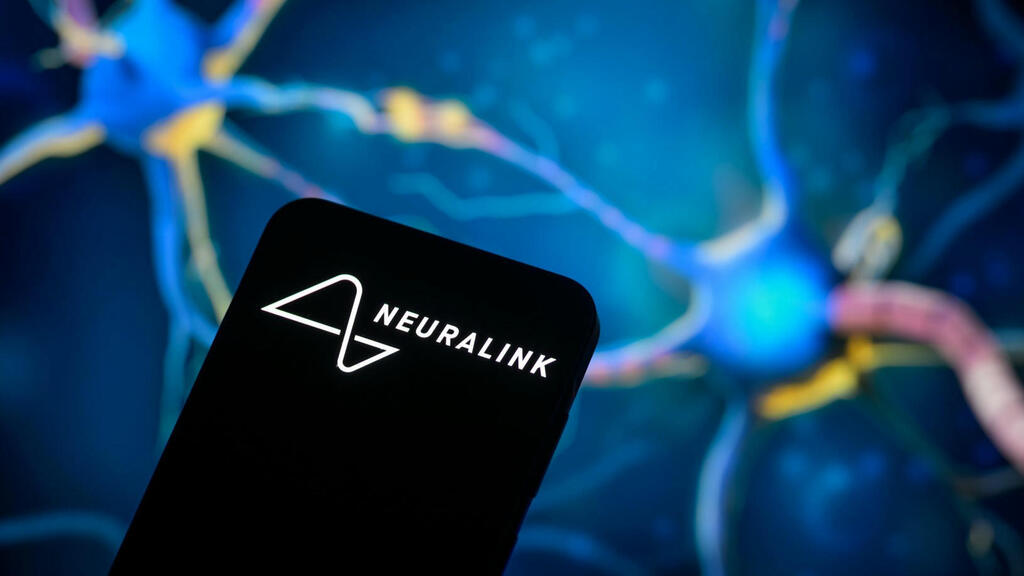
Neuralink Has a Huge Patient Waitlist. Bring on the Robot Surgeons
uk.pcmag.com
Oct. 10, 2025, 3:16 p.m.
Neuralink has a backlog of 10,000 individuals interested in having its N1 device drilled into their skulls, according to President and Co-Founder Dongjin (DJ) Seo. The company has implanted the N1 into 12 clinical trial patients so far; Seo expects the number to grow to 25 by year's end.People can sign up to participate in the company's clinical trials online, but to qualify, they must have either limited or no ability to use their hands due to a cervical spinal cord injury or ALS.
Share on
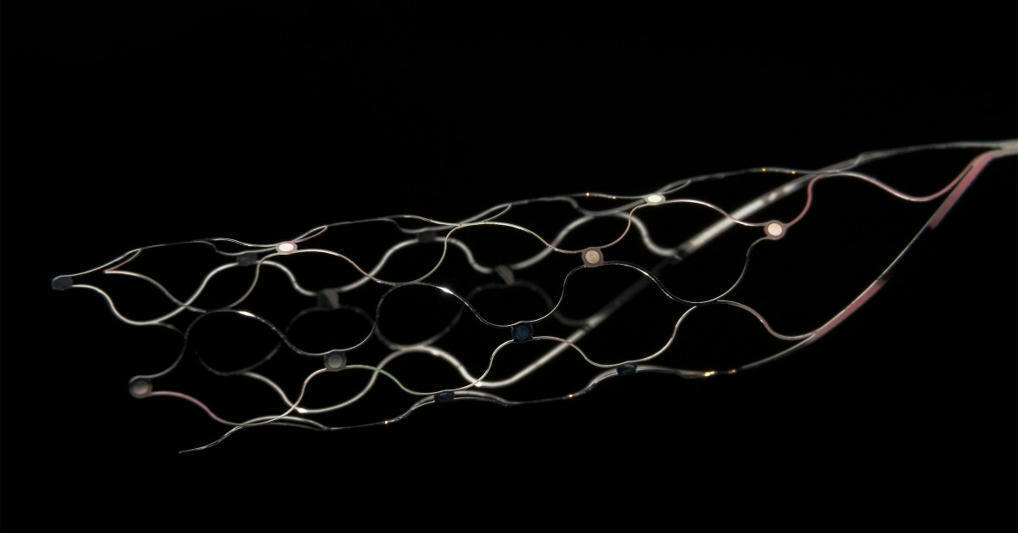
Synchron Stentrode: The Best Inventions of 2025
time.com
Oct. 9, 2025, 3:15 p.m.
Find out why Synchron Stentrode is on TIME's list of 2025's best inventions.
Share on
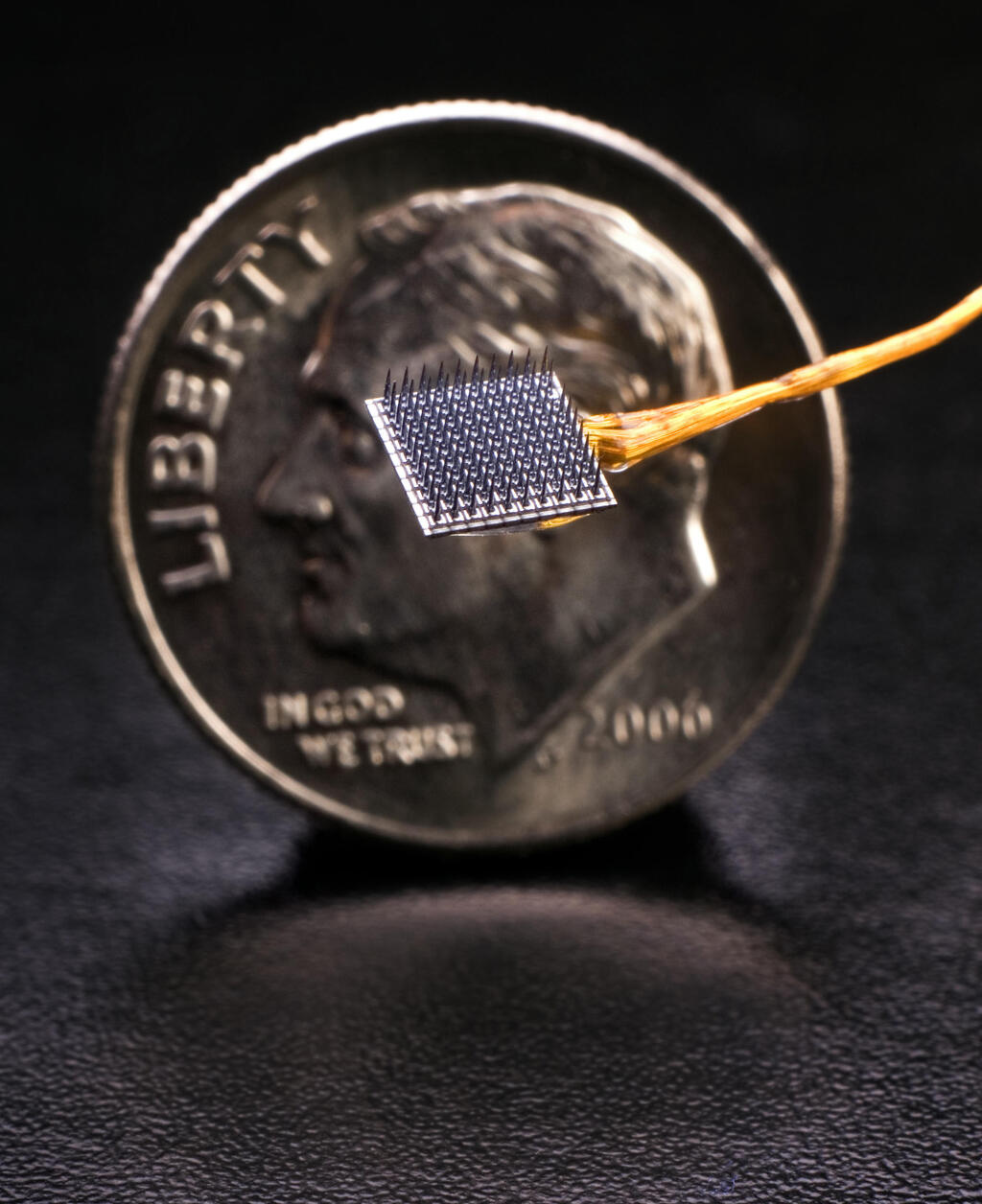
Unquiet minds —
news.harvard.edu
Sept. 18, 2025, 11:08 a.m.
For years, people with paralysis have used brain-computer interfaces to turn neural signals into actions by thinking about the actions they would like to take: typing words, controlling robotic arms, producing speech. But new research shows that the interfaces could translate not only intended speech, but internal thoughts as well. Sort of.
Share on

Nankai University's interventional brain-computer interface Team successfully realizes the repair of the motor function of affected limb
news.nankai.edu.cn
Sept. 16, 2025, 4:08 a.m.
In January 2024, Musk founded Neuralink to complete the world's first clinical trial of invasive brain-computer interface device implantation, which caused a sensation all over the world. Unlike the invasive brain-computer interface technology that requires the implantation of electrodes in the open skull, the interventional brain-computer interface avoids craniotomy by placing electrodes from the blood vessels, thus reducing the risk of surgery. This method is well combined with clinical medicine. The solid foundation of neurosurgical intervention technology makes the interventional brain-computer connection The mouth has the advantages of small trauma, high signal acquisition accuracy, short recovery period and so on.
Share on
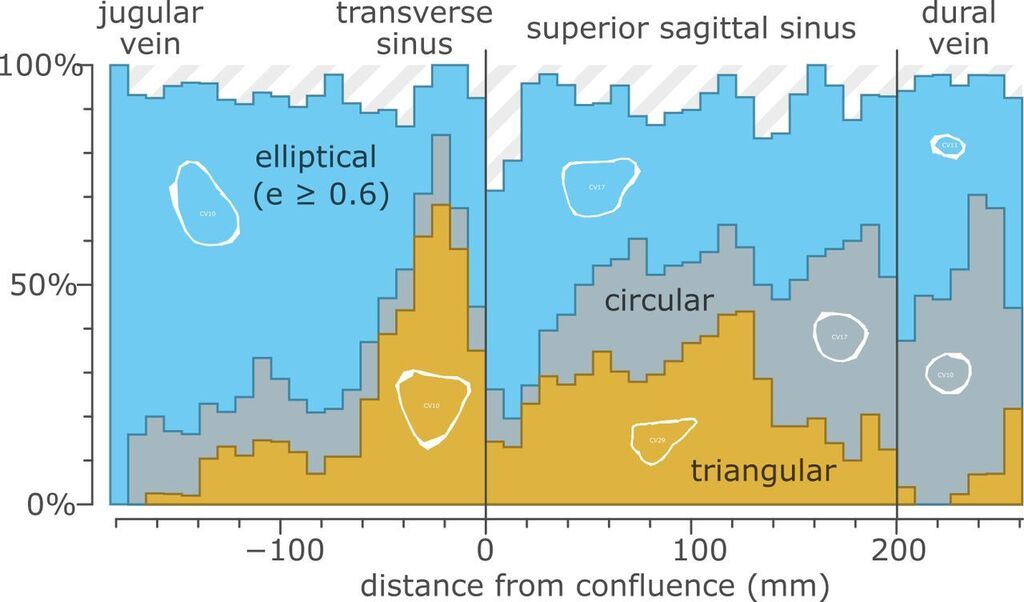
Characterizing superficial cerebral cortical venous anatomy for endovascular device implantation: a cross-sectional imaging study
jnis.bmj.com
Sept. 16, 2025, 4:01 a.m.
The vein of Trolard shows promise as a target for endovascular BCIs given its consistent presence and favorable dimensions. Nonetheless, constrictions and steep angulation at the SSS confluence pose challenges for device deployment. A new framework is necessary for the classification of cortical venous anatomy, to guide patient selection and procedural planning, which will require further development and validation.
Share on

Micro-CT and Histological Evaluation of an Neural Interface Implanted Within a Blood Vessel
europepmc.org
Sept. 15, 2025, 1:58 a.m.
Micro-CT and the histomorphometric techniques we developed are comparable and can both be used to identify incorporation of a Stentrode implanted in cerebral vessels.
Share on

Overcoming failure: improving acceptance and success of implanted neural interfaces
bioelecmed.biomedcentral.com
Sept. 15, 2025, 1:54 a.m.
Long story short, neural interfaces implanted throughout the body have demonstrated great success in treating a growing variety of conditions. Despite these successes, the longevity of implanted neural interface systems are impeded by mechanical, technological, and biological barriers. Mechanical and electronic failures can occur in any of the components of the implanted system. The immune response to an implanted neural interface consists of acute and chronic phases and differs between the central and peripheral nervous systems. Advances in material science and engineering are actively working to reduce the tissue response to implanted neural interfaces by reducing their size and stiffness as well as by using factors to reduce inflammation.
Share on

Minimally invasive endovascular stent-electrode array for high-fidelity, chronic recordings of cortical neural activity
www.nature.com
Sept. 15, 2025, 1:45 a.m.
High-fidelity intracranial electrode arrays for recording and stimulating brain activity have facilitated major advances in the treatment of neurological conditions over the past decade. Traditional arrays require direct implantation into the brain via open craniotomy, which can lead to inflammatory tissue responses, necessitating development of minimally invasive approaches that avoid brain trauma. Here we demonstrate the feasibility of chronically recording brain activity from within a vein using a passive stent-electrode recording array (stentrode).
Share on
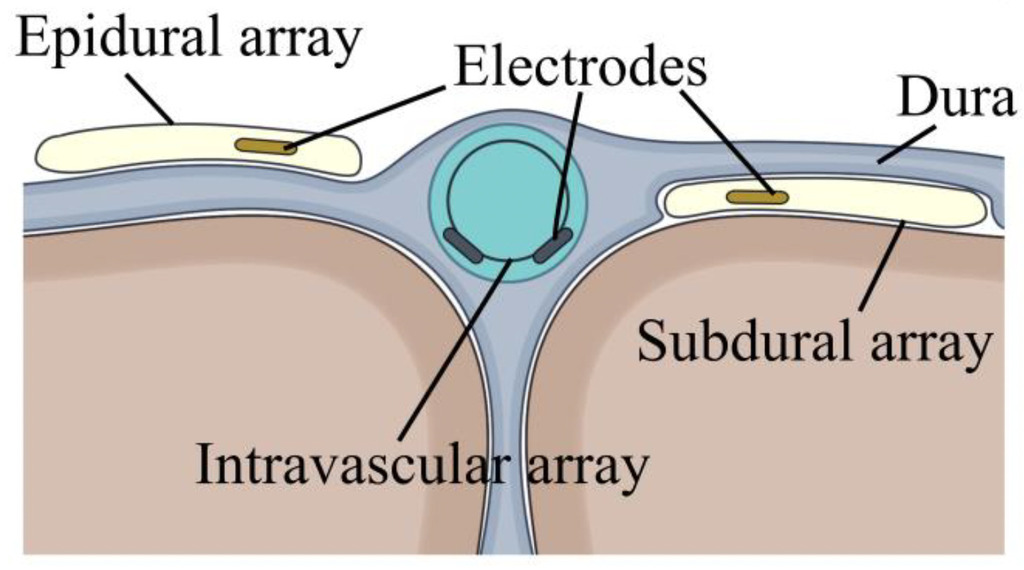
In Vivo Impedance Characterization of Cortical Recording Electrodes Shows Dependence on Electrode Location and Size
ieeexplore.ieee.org
Sept. 15, 2025, 1:43 a.m.
The impact of placing electrodes within a blood vessel and adjacent to the blood vessel wall was most obvious when looking at the phase responses at frequencies below 10 kHz. Conclusion: Our results show that intravascular electrodes, like those in subdural and epidural positions, show electrical properties that are suitable for recording. These results provide support for the use of intravascular arrays in clinically relevant neural prostheses and diagnostic devices. Significance: Comparison of electrochemical impedance of the epidural, intravascular, and subdural electrode array showed that all three locations are possible placement options, since impedances are in comparable ranges.
Share on

Chronic impedance spectroscopy of an endovascular stent-electrode array
europepmc.org
Sept. 15, 2025, 1:37 a.m.
This work demonstrated that EIS could be used to determine the viability of electrode implanted chronically within a blood vessel. Impedance measurements alone were not observed to be a useful predictor of alterations occurring at the electrode tissue interface. However, measurement of 100 Hz phase angles was in good agreement with the capacitive changes predicted by the ECM and consistent with suggestions that this represents protein absorption on the electrode surface. 100 Hz phase angles stabilized after 8 days, consistent with histologically assessed samples.
Share on

Neural Cell Interactions with a Surgical Grade Biomaterial Using a Simulated Injury in Brain Organotypic Slices
www.mdpi.com
Sept. 8, 2025, 3:24 a.m.
In conclusion, our 3D brain slice injury model was successful as a tool for testing a biomaterial implantation therapy, highlighting the use of complex organotypic models for biomaterial testing, to close the gap between simple in vitro 2D models and complex in vivo models. The slices require technically simple procedures and limited training, and are highly cost-effective and humane versus live animal models. Accordingly, they offer the capacity to become a standardised screening model to evaluate neuromaterials, prior to therapeutic testing in live animal models.
Share on